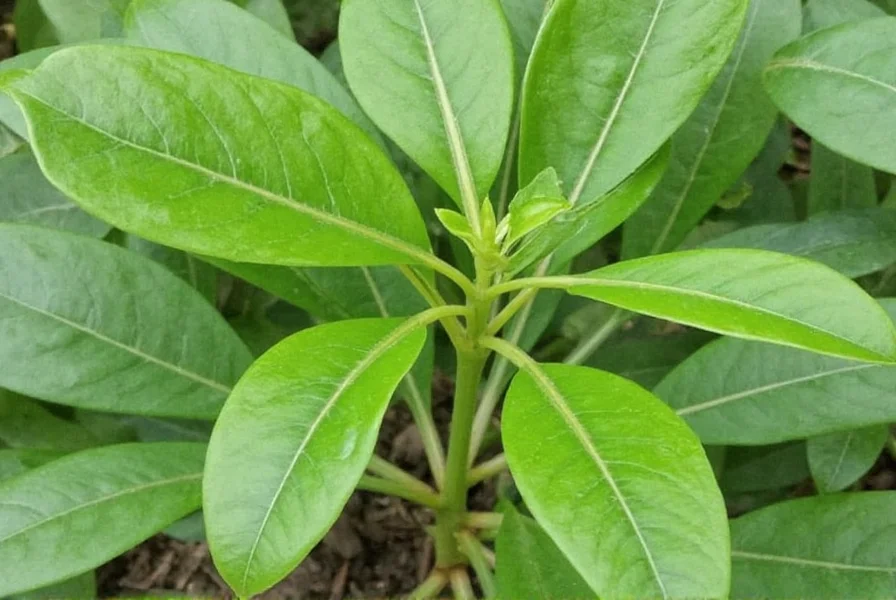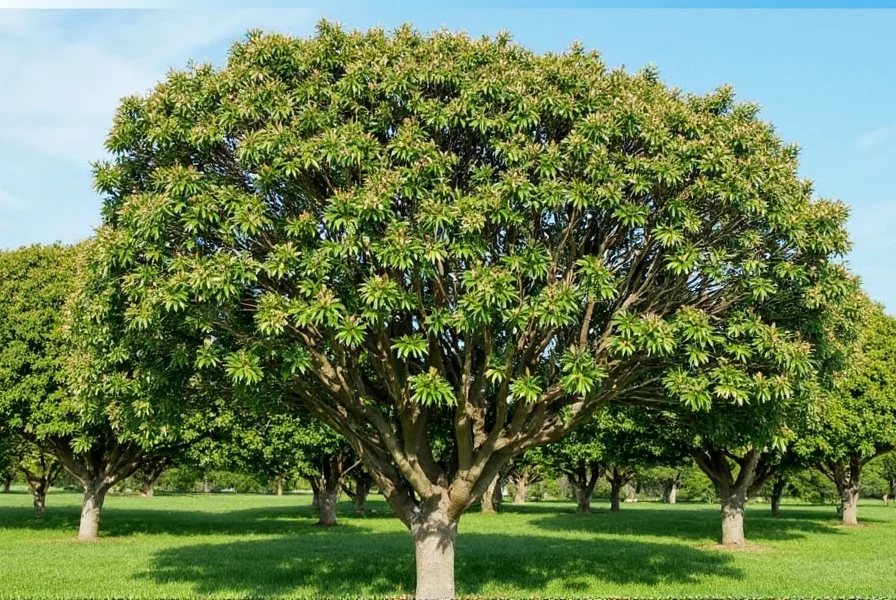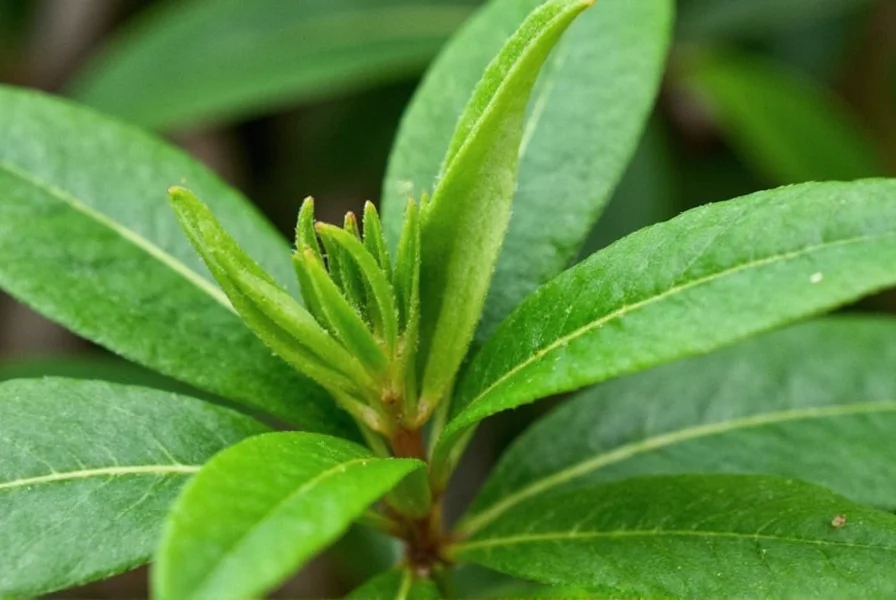The clove plant, scientifically known as Syzygium aromaticum, represents one of the world's most valuable spice sources. Many gardeners and culinary enthusiasts search for information about this unique tropical tree, often confusing it with garlic cloves due to the similar name. Understanding the true nature of the clove plant is essential for proper cultivation and usage.
Understanding the Clove Plant
Despite the name similarity, the clove plant bears no relation to garlic. Cloves come from the Syzygium aromaticum tree, a member of the Myrtaceae family that can reach 8-12 meters in height when mature. Native to the Maluku Islands in Indonesia, these trees feature glossy leaves, smooth bark, and distinctive flower buds that transform into the familiar spice.

Botanical Characteristics
Clove trees produce clusters of flower buds that start pale and gradually turn green, then transition to bright red as they mature. These buds contain the highest concentration of eugenol, the compound responsible for cloves' distinctive aroma and flavor. The tree typically begins producing harvestable buds when 6-8 years old, with peak production occurring between 15-25 years of age.
| Characteristic | Description |
|---|---|
| Scientific Name | Syzygium aromaticum |
| Native Region | Maluku Islands, Indonesia |
| Mature Height | 8-12 meters (26-39 feet) |
| First Harvest | 6-8 years after planting |
| Peak Production | 15-25 years |
Growing Requirements for Clove Plants
Successful clove plant cultivation requires specific environmental conditions that mimic their natural tropical habitat. Understanding clove plant care requirements proves essential for gardeners attempting to grow these trees outside their native regions.
Climate Needs
Clove trees thrive in consistently warm temperatures between 20-30°C (68-86°F) with high humidity levels. They cannot tolerate frost or temperatures below 15°C (59°F). Regions with distinct wet and dry seasons support optimal growth, though the trees need protection from strong winds that can damage their relatively shallow root systems.
Soil and Water Requirements
For proper clove tree growing conditions, select well-drained, loamy soil with a slightly acidic to neutral pH (5.5-7.0). The soil should contain ample organic matter while maintaining good drainage to prevent root rot. Consistent moisture is crucial, but standing water will damage the plant. During dry periods, regular watering maintains optimal growth, while reduced watering during flowering encourages bud development.
Harvesting and Processing Cloves
The harvesting process for cloves represents a precise agricultural practice. Farmers collect the unopened flower buds when they transition from green to pink but before they open. This timing ensures maximum oil content and flavor intensity. After harvesting, the buds undergo sun-drying for 4-7 days until they turn dark brown and develop their characteristic hard texture.

Common Misconceptions About Clove Plants
Many people search for "how to grow cloves" expecting information about garlic cloves, creating confusion. The difference between clove plant and garlic cloves remains significant: garlic produces underground bulbs divided into segments called cloves, while the clove plant produces aromatic flower buds. Clarifying this distinction helps gardeners find accurate information for their specific needs.
Cultivating Clove Plants Outside Tropical Regions
Gardeners in temperate climates can grow clove plants as container specimens with careful attention to environmental conditions. When growing clove plants in non-native regions, consider these factors:
- Use large containers with excellent drainage
- Maintain indoor temperatures above 18°C (64°F) year-round
- Provide high humidity through misting or humidity trays
- Use grow lights during winter months for adequate light exposure
- Rotate containers regularly for even growth
Practical Uses of Clove Plants
Beyond the familiar spice application, clove plants offer multiple uses. The essential oil extracted from clove buds serves in dentistry as a temporary pain reliever. Traditional medicine systems utilize various parts of the clove tree for digestive issues and as an antimicrobial agent. In culinary applications, both the buds and leaves contribute distinctive flavors to regional cuisines across Asia and Africa.
Troubleshooting Common Growing Problems
Gardeners cultivating clove plants may encounter several challenges. Yellowing leaves often indicate overwatering or poor drainage, while stunted growth typically results from insufficient light or nutrients. Pest issues like aphids or scale insects require prompt treatment with insecticidal soap. Understanding these common problems helps maintain healthy clove trees and ensures successful harvests.
Conclusion
The clove plant represents a fascinating botanical specimen with significant culinary and medicinal value. Whether you're interested in Syzygium aromaticum cultivation guide for gardening purposes or simply want to understand where do clove plants grow naturally, recognizing their specific requirements ensures successful cultivation. By providing appropriate care and understanding the harvesting process, gardeners can enjoy this valuable spice plant's benefits even outside its native tropical environment.











 浙公网安备
33010002000092号
浙公网安备
33010002000092号 浙B2-20120091-4
浙B2-20120091-4